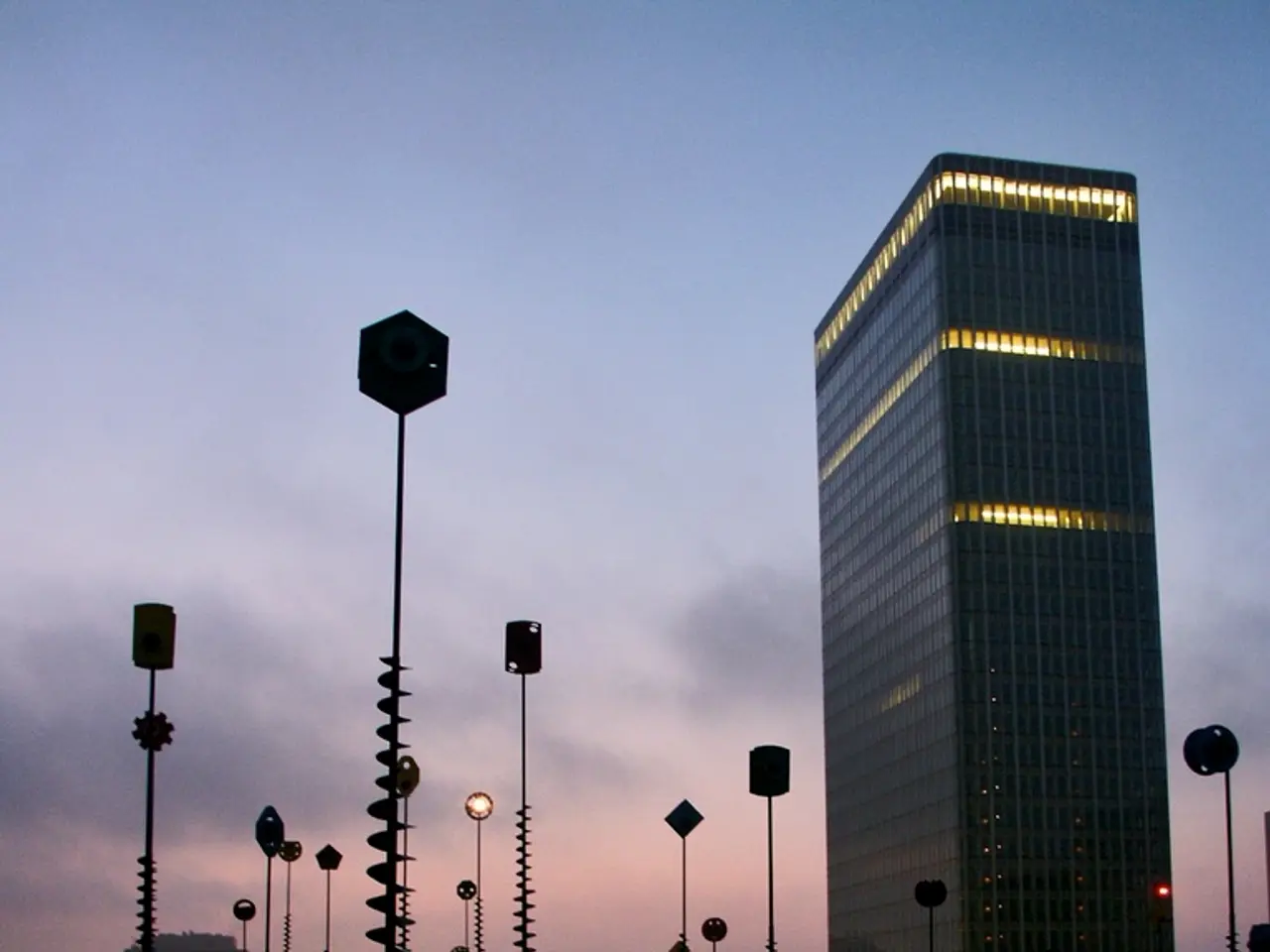Community input sought on €2.8 billion undertaking
Ready, Set, Green Hydrogen: The Madoqua Project in Portugal is revving up for a massive renewable energy endeavor, set to manufacture green hydrogen (H2) and ammonia (NH3). This ambitious initiative seeks to make a significant dent in the country's decarbonization goals.
The Power Pair: Hydrogen and ammonia, agricultural pals turned industrial powerhouses, are the stars of this show. The plan is to synthesize H2 and NH3, shipping the latter through a dedicated pipeline to the Port of Sines. With a whopping 1.2 Gigawatts (GW) of electrolysis capacity in the works, Portugal's renewable energy reserves will power this green revolution [1].
Capitalizing Green: The financial stakes are high, with an approximately €2.8 billion investment (that's a lot of euros!) earmarked for this sustainability-centric project. This hefty investment highlights the commitment to establishing a thriving hub for green hydrogen and ammonia production, right here in Portugal [1].
Green with Envy: The core environmental benefit of the Madoqua Project lies in the production of green hydrogen and ammonia, two carbon-neutral fuels crafted using renewable electricity. This green ammonia is poised to replace its fossil-fueled counterparts in the chemical and maritime sectors, slashing carbon emissions. Furthermore, the Port of Sines will become a global gateway for green ammonia exports, securing Portugal's position as a trailblazer in sustainable energy transitions [2].
An Eco-Friendly Footprint: The Madoqua Project prioritizes minimizing its environmental impact. While some environmental factors might experience temporary disruption during construction, the impacts will be minimal [3]. Cork oak groves have been identified in the project area and appropriate measures will be taken to protect and preserve these valuable ecosystems [3].
Autonomous Conservation: Close to inventoried heritage sites, such as the Camino de Santiago, and areas under biodiversity study, the Madoqua Project will establish a Flora and Vegetation Monitoring Plan and an Avifauna Monitoring Plan to assess the installation's impact on the local bird community [4].
In a Nutshell: Get ready to see green in Portugal as the Madoqua Project swings into action, spearheading a green revolution that could significantly reshape the global energy landscape. With a €2.8 billion investment, 1.2 GW of renewable electrolysis capacity, and a commitment to environmental conservation, the countdown to a sustainable future is officially on. Roll on Green Hydrogen and Ammonia! [1][2][3][4]
- The Madoqua Project in the Algarve, Portugal, is set to contribute greatly to the renewable-energy industry, producing green hydrogen and ammonia, aiming to lower the country's decarbonization goals.
- The partnership between hydrogen and ammonia will pave the way for a new industrial era, with the plan to synthesize them, using the Port of Sines for shipping ammonia through a dedicated pipeline.
- The substantial finance investment of around €2.8 billion into the Madoqua Project indicates a strong commitment to creating a leading hub for green hydrogen and ammonia production in Portugal, potentially leaving the nation with a significant presence in the global renewable-energy market.




